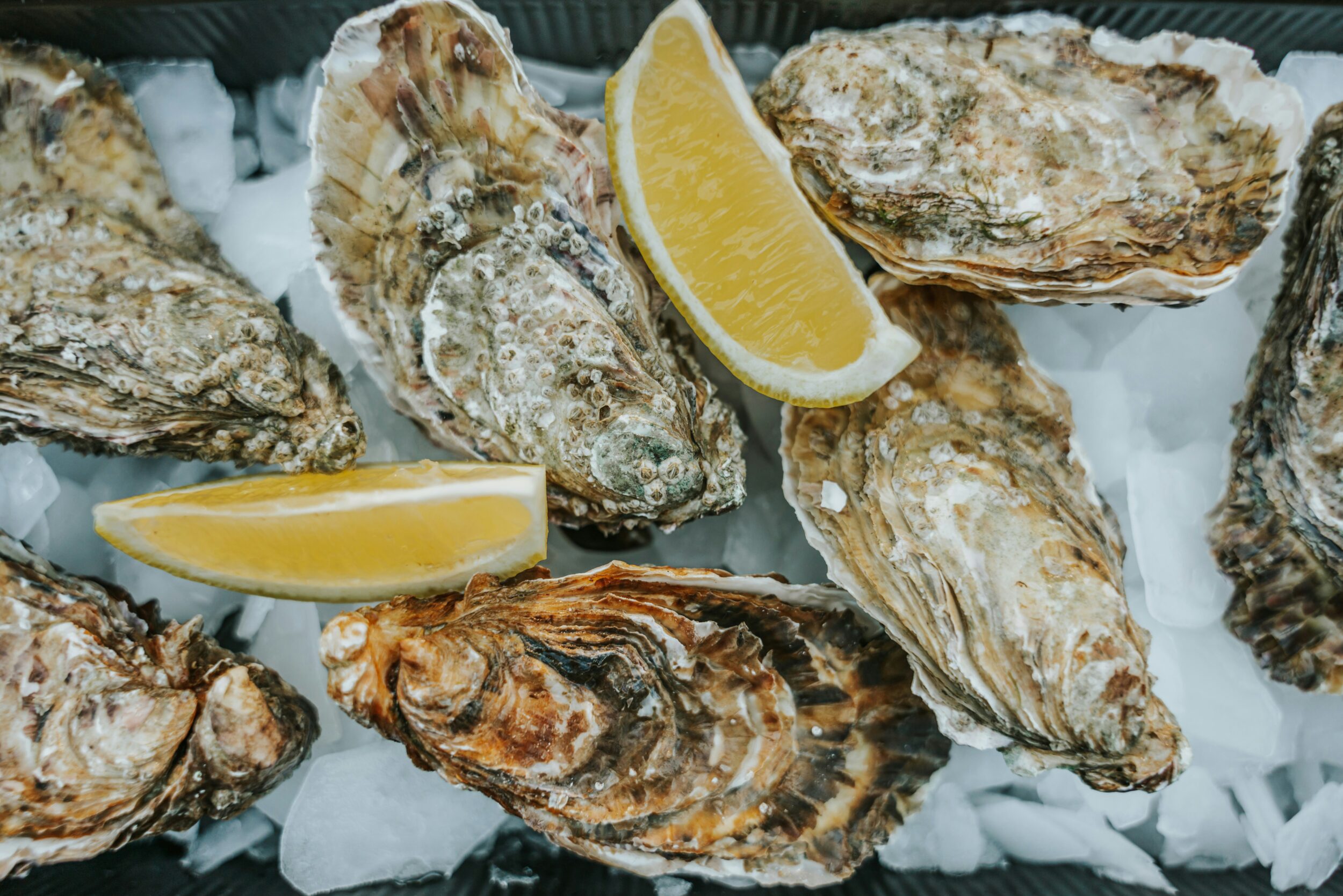You love them on a platter, with a squeeze of lemon and a glass of white wine. But did you know that oysters are true marine filtration factories? These little mollusks, in fact, filter an average of 190 liters of water per day! It’s impressive, right? Unfortunately, this superpower has a downside: oysters can also accumulate bacteria, viruses and parasites naturally present in the water.
Among these undesirables, there is one that we must be particularly careful of: Vibrio. This bacterium, which loves the coastal waters where our precious oysters are farmed, can cause an infection called vibriosis. And believe me, it is not fun! In most cases, it causes nausea, vomiting, diarrhea… In short, enough to ruin your vacation!
Vibrio: An Invisible But Not Invincible Enemy
But don’t panic just yet! There are deaths every year. The European Food Safety Authority is now warning of a resurgence of vibrio bacteria in batches of seafood this year. The latter can cause gastroenteritis but also serious infections or even death. We are talking about dozens of deaths in Europe. It may seem like a lot, but compared to the total population and oyster consumption, the risk remains relatively low.
However, some people are more at risk than others. If you have a weakened immune system, due to a disease such as diabetes or medical treatment, you should be especially vigilant. In these cases, Vibrio infection can become very serious, even requiring amputation in the most severe cases.
Summer doesn’t help anything! From May to October, when temperatures rise, bacteria happily multiply in coastal waters. With global warming, this phenomenon is even more present than usual. An increase of just 2°C in water temperature is enough to create ideal conditions for the proliferation of Vibrio.
Enjoy a one-month trial for €1 on the Flo Health app: menstrual cycle tracking, access to a wide selection of health products, personalized advice and comparisons with a large community.
Try it for 1€
Sponsored
How to enjoy oysters safely?
So, should we give up oysters this summer? Not necessarily! Here are some tips to reduce your risks:
- Cooking is your best ally. By carefully heating your oysters to 63°C, you will eliminate the most dangerous bacteria. Why not try oysters au gratin or fritters?
- If you absolutely want raw oysters, choose to consume them out of season, between November and April, when the waters are cooler.
- Be especially careful if you have a weakened immune system. When in doubt, abstain or opt for cooking.
- Don’t listen to old wives’ tales! Neither lemon, vinegar, nor alcohol kills Vibrio. These bacteria are invisible, odorless, and tasteless.
Ultimately, like any raw food, eating oysters always carries some risk. It’s up to you to decide if it’s worth it!
I have some advice for you. After learning about all these risks of raw oysters, you may be wondering if there is a safer alternative to satisfy your taste buds while preserving your health. Let me whisper an idea in your ear: what if it’s time to become a vegetarian?
Seriously, think about it. Not only are you saying goodbye to worries about Vibrio and other bacterial woes, you’re also doing something for the planet. You’ll never have to worry about where your oysters come from or the temperature of your water again. Your only concern will be whether your vegetables are organic and your avocado is ripe.
Discover BookClub, the show by Madmoizelle that questions society through books, in the company of those who create them.
Source: Madmoizelle
Mary Crossley is an author at “The Fashion Vibes”. She is a seasoned journalist who is dedicated to delivering the latest news to her readers. With a keen sense of what’s important, Mary covers a wide range of topics, from politics to lifestyle and everything in between.





